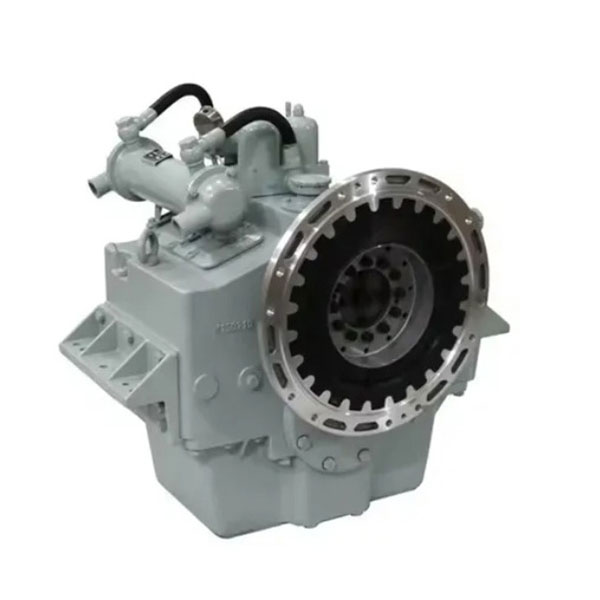The technological development of Marine Equipments
2025-05-21
The technological development of marine equipment has been pivotal to the evolution of maritime industries, including shipping, offshore oil and gas, marine research, defense, and renewable energy. Here is an overview of major trends and advancements in marine technology:
1. Navigation and Communication Equipment
Traditional:
Magnetic compasses
Sextants
Morse code radios
Modern:
GPS and GNSS Systems: Real-time positioning with high accuracy.
Radar and AIS (Automatic Identification Systems): Detect nearby vessels and prevent collisions.
ECDIS (Electronic Chart Display and Information System): Digital navigation charts replacing paper maps.
Satellite Communication: Iridium, Inmarsat, and VSAT for real-time communication anywhere at sea.
2. Propulsion and Power Systems
Traditional:
Wind sails
Steam engines
Modern:
Diesel-electric engines: Improved efficiency and reduced emissions.
LNG and hybrid propulsion systems: Lower-emission alternatives to heavy fuel oil.
Azimuth thrusters: Enhanced maneuverability with 360° rotating propellers.
Nuclear propulsion (mostly military and icebreakers): Long endurance at sea.
3. Hull and Structural Innovations
Composite materials and corrosion-resistant coatings: Extend vessel lifespan.
Hull design optimization: Use of CFD (Computational Fluid Dynamics) to improve hydrodynamics and fuel efficiency.
Air lubrication systems: Reduce drag and save fuel.
4. Automation and Remote Operation
Autonomous ships: Vessels like the Mayflower Autonomous Ship use AI and sensors to operate without crew.
Dynamic Positioning Systems (DPS): Automatically maintain vessel position using thrusters and GPS.
Remote Monitoring: Real-time data feeds from ships to shore for diagnostics and efficiency tracking.
5. Safety and Life-saving Equipment
Modern life rafts and life jackets: With GPS beacons and longer survival features.
Fire detection and suppression systems: More sensitive, automated, and effective.
Ballast water treatment systems: Prevent invasive species transfer as per IMO regulations.
6. Underwater Equipment
ROVs (Remotely Operated Vehicles) and AUVs (Autonomous Underwater Vehicles): For subsea exploration, cable laying, and inspection.
Sonar and multibeam echosounders: For seabed mapping and object detection.
Submersibles: Used in deep-sea research and salvage.
7. Marine Renewable Energy Devices
Offshore wind turbines
Wave and tidal energy converters
Floating solar platforms

8. Environmental Technologies
Scrubber systems: Remove sulfur oxides from exhaust gases.
Green ship technology: Includes solar panels, wind-assist sails, and hull coatings to reduce carbon footprint.
Smart sensors: Monitor oceanographic data, emissions, and fuel consumption.
Future Trends
AI and Big Data Analytics: Predictive maintenance, route optimization.
Blockchain: Secure logistics and cargo tracking.
Cybersecurity: Protect increasingly connected marine systems.
3D printing: For onboard spare part manufacturing.
If you are interested in our products or have any questions, please feel free to contact us and we will reply you within 24 hours.


